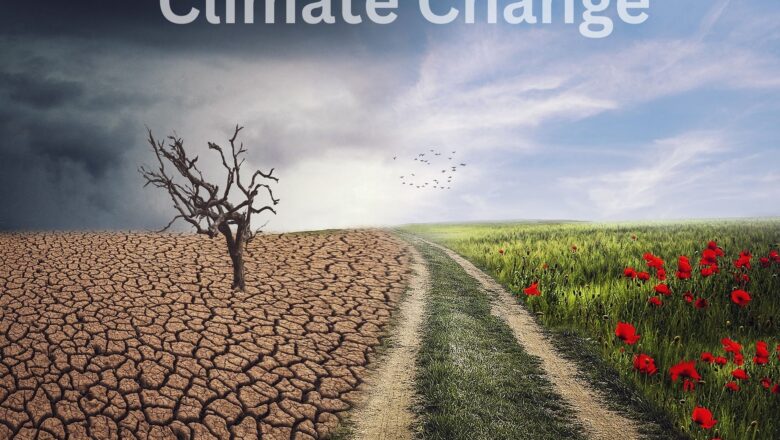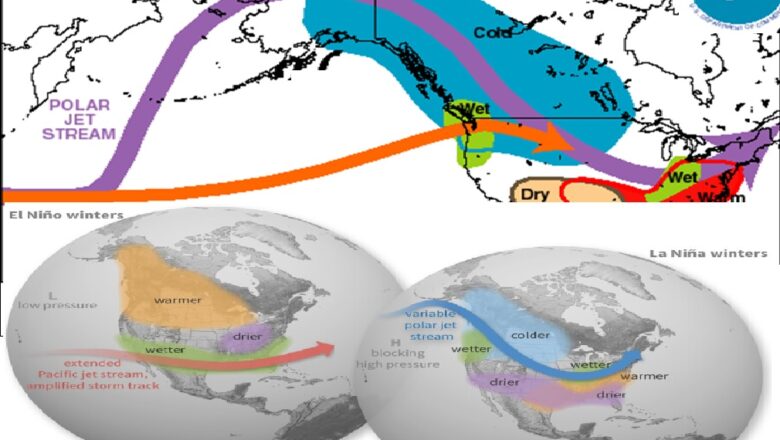
Climate crisis shortens window for global wildfire response as fire seasons start to overlap
Scientists warn that longer fire seasons in Australia and North America are overlapping due to climate change, challenging international emergency cooperation.
Fire risk rising with the climate
As global temperatures rise, wildfires are becoming more frequent, intense, and unpredictable. A new international study by scientists from Germany’s Helmholtz Centre for Environmental Research (UFZ) and Australia reveals that fire weather seasons in eastern Australia and western North America are increasingly overlapping largely due to climate change. This shift threatens the long-standing mutual aid system between fire services in Australia the United States and Canada. The findings were published in the journal Earth’s Future.
January 2025 LA wildfires past Australia bushfires show the c...





